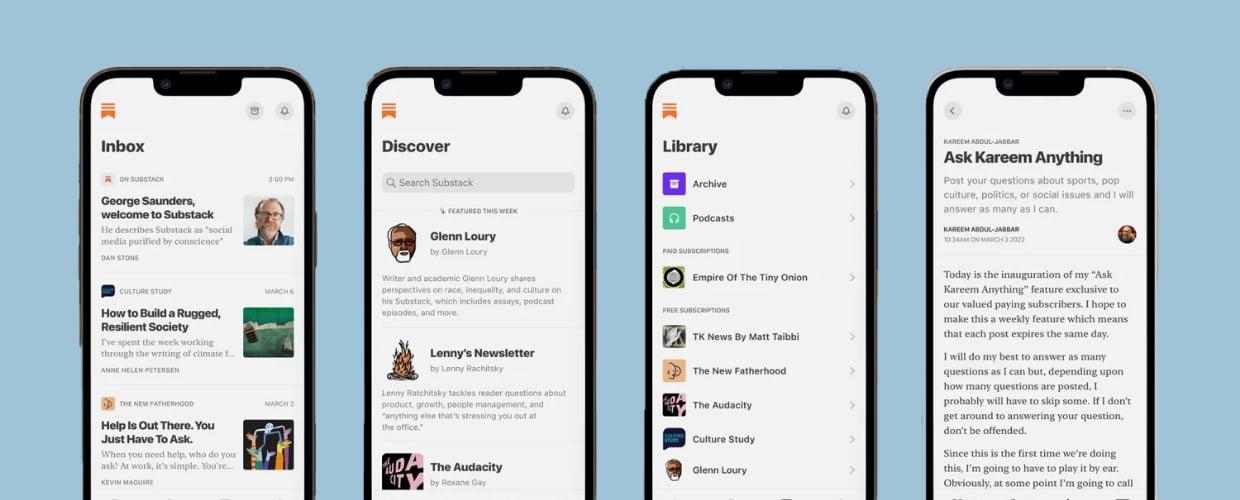5 Ways to Get the Most Out of Your Existing Content
Do you want to generate the most pageviews your website has ever seen? There’s an easy way to do it. Publish a 50-image slideshow of kittens and puppies, then promote it on social media once a week.
Of course, unless you work for an animal adoption agency or a pet supply store, that traffic goldmine won’t do much to drive your business objectives. It’s an example of how popular content isn’t the same thing as successful content in the world of marketing. A successful content strategy should be measured by how effectively it inspires people to take action toward your overall business goals.
According to “Making Content Grow Into Customer Flow,” a recent report from the CMO Council and Rock Content that surveyed 195 marketing professionals from around the world, there is often a troubling disconnect between content strategy and content execution. Many marketers fall into the trap of pushing ahead on content development without truly defining the purpose behind it.
The good news is that you can start optimizing your content strategy by analyzing the work you’ve already done – and without any intimidating overhead investments. Your content metrics, market research, and in-house data can set your existing content up for greater success, and they can also create a stronger foundation for future content efforts.
Use content metrics as your compass
Any effective content strategy begins with a deep understanding of your customers, the challenges they face, the solutions they’re looking for, and the trends and gaps in your market. Big-picture market research is vital, but it’s equally important to look inward: Past content performance can inform future success. In the world of journalism, a wide array of traffic and engagement reports go into long-term content strategy – not just pageviews, but social performance, unique visitors, comments posted, and next page visited. Obviously, these metrics hold valuable clues to the topics your audiences care about the most, and they will also help optimize your social strategy, content priorities, page layout, promotional elements, and prominent links on each page.
Repackage, refresh, and retarget:
If you’ve been building out your content for quite some time, you likely have standalone pieces that can work together to address customer needs. Problem is, they may be scattered throughout your site, which makes it hard for audiences to connect the dots. Packaging those assets together on a single page is a great way to provide usefulness to your readers, and it’s also quick work: With a new intro, a digest of links to existing content, and an engaging headline, you can turn disparate pieces of content into a helpful guide. Similarly, there may be key takeaways buried in your long-form content that are relevant to entirely different audiences. For example, that technical white paper geared toward engineers may have big insights for executives and other decision makers. A blog post that explains the business benefits of those technical breakthroughs can extend the reach of your existing content and drive new engagements with potential customers.
Need a template to segment your target audiences? Check out our Ideal Buyer Worksheet
Create a video strategy around successful content:
After a book lands at the top of a best-seller list, it often becomes a blockbuster movie. Your content strategy should follow a similar trajectory. Online video has become an incredibly effective marketing medium with regard to conversion rates, message retention, social engagement, and consumer research prior to buying. And because professional video production isn’t cheap, it’s smart to start with topics that have already generated interest among readers. Again, your content metrics can set you up for success by identifying video ideas that your audience is already drawn to. To maximize reach and engagement, the resulting videos should be embedded on relevant webpages, edited and optimized for social media, and published on platforms such as YouTube, Instagram, and Facebook.
Want to know more tips and tactics to get your content our there? Download our Brand Awareness Checklist
Turn questions into engaging conversations:
Are there questions, themes, and pain points that come up again and again in comments sections, social discussions, user forums, and sales engagements? Those topics are great fodder for webinars and panels, as well as other content initiatives. Showing that your brand is open and receptive to customer feedback can improve your competitive standing, and a webinar or panel will let you address big questions and emerging industry trends in an engaging and personal way. As a result, you’ll establish new connections with audiences and be able to field follow-up questions on the spot. While your webinar or panel will be a live event, a simple recording can be a valuable long-term content resource – especially if your hosts include partners, customers, and industry experts that discuss the greater context and real-world impact of your work.
Treat every page like your home page (… but don’t overdo it):
Online content distribution has become a curated push model, with your friends, family, work colleagues, and algorithms acting as editors. Consider how you find most of the content you view every day. You’re probably landing on those pages through a search engine, a news aggregator, a link shared on social media, a link texted to you from a friend, a link shared on your company’s chat platform, or a URL sent via email. In other words, you’re probably not going to the content provider’s homepage, navigating to the relevant section, and seeking it out. As such, every piece of content must be an entry point into your brand’s bigger digital presence. You’ll need to provide fast access to popular relevant content, and you’ll need to make it easy for visitors to take the actions you want them to. However, you’ll need to put user experience at the top of your priority list. If you have annoying pop-ups, auto-play videos blaring in the background, and other elements that distract the reader from focusing on the content they want to read, they won’t stick around for long – and they won’t come back, either.
Understanding what it takes to optimize your content strategy is just the first step. In order to make it happen, you’ll need trusted guidance and execution from a team of experienced professionals.
That’s where Airfoil comes in. With decades of experience writing, producing, and editing content for national media outlets including CNET, WIRED, PCWorld, and TechTV, the content development team at Airfoil will put you on the path to success. Let’s talk about where your content strategy stands right now, where you want it to be, and how Airfoil can help you achieve your goals. Contact us to get started.




